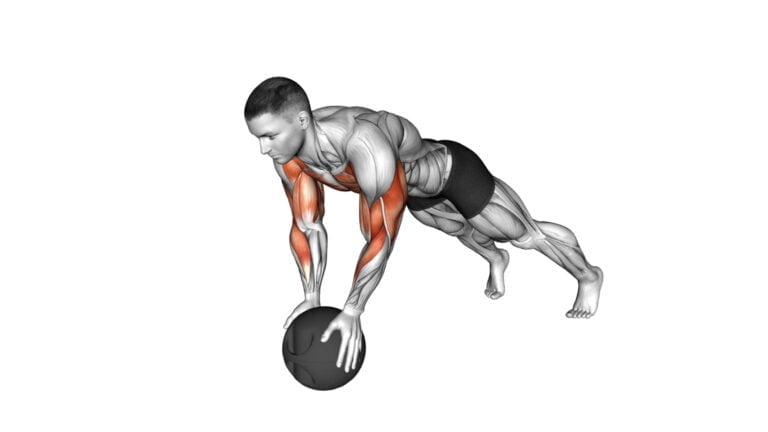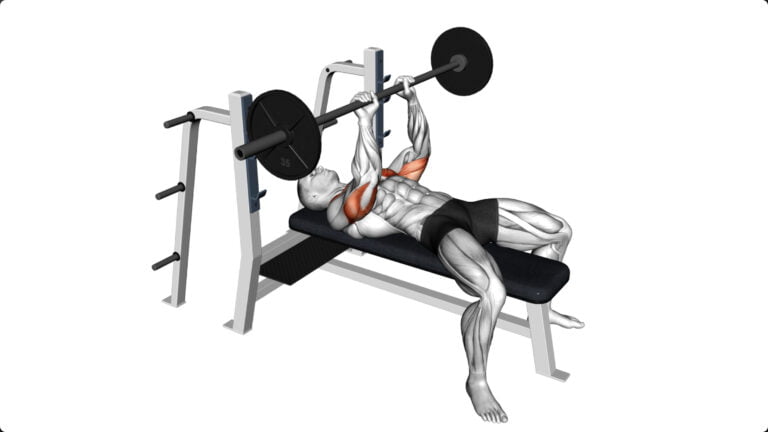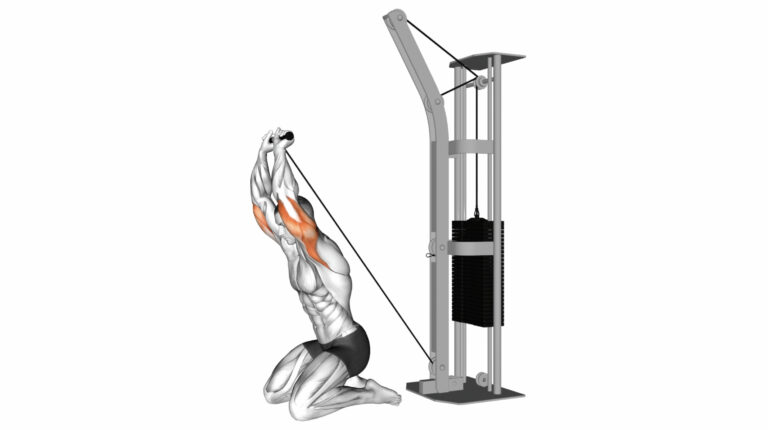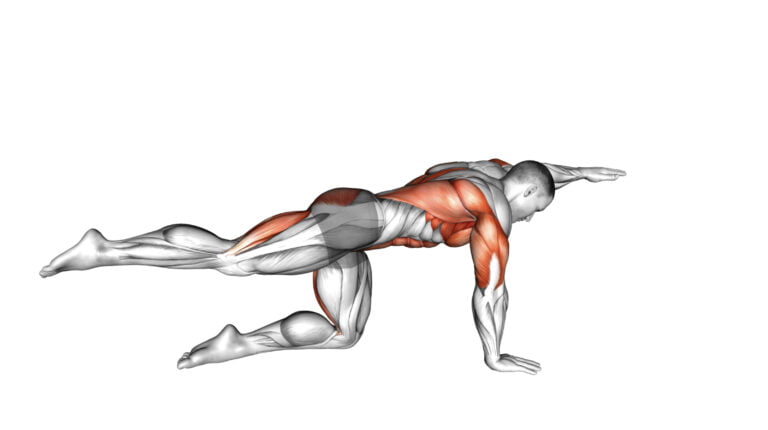5 Worst Exercises For Diastasis Recti: Avoid These Abdominal Separation Risks
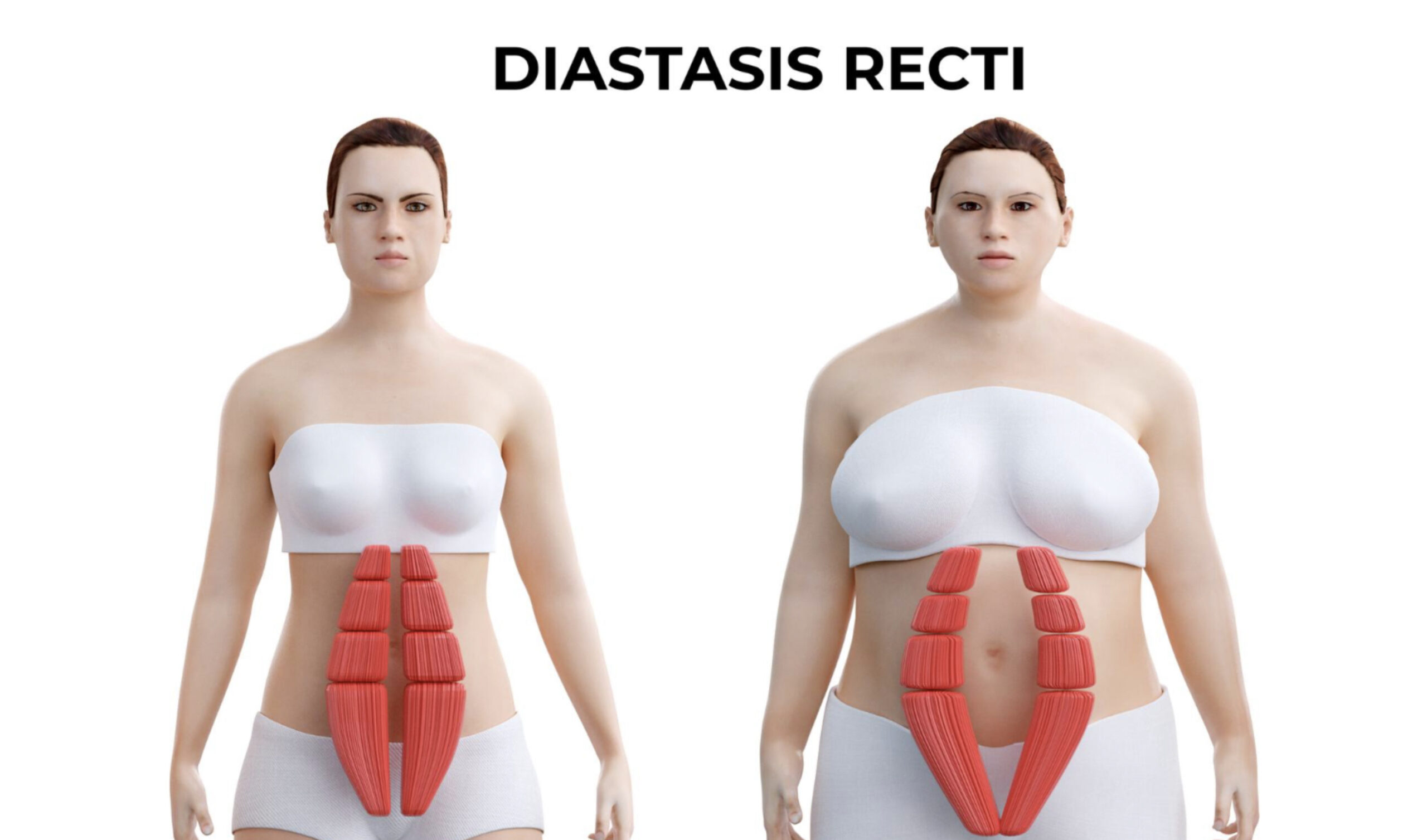
Getting your body back in shape after having a baby can be tough, especially with diastasis recti. This condition is more common than you might think, affecting about two-thirds of pregnant women.
It happens when the tummy muscles spread apart during pregnancy. While many aim to tighten their midsection post-baby, not all exercises are safe for this condition. In fact, some can make it worse.
I’m Serg Bayracny, and fitness has been my world for over a decade. My journey has taught me the importance of matching workouts to individual needs—especially for women dealing with abdominal separation postpartum.
Drawing on years as a certified personal trainer and educator in fitness seminars, I’ve seen firsthand what works and what doesn’t. The wrong moves can widen that gap instead of closing it.
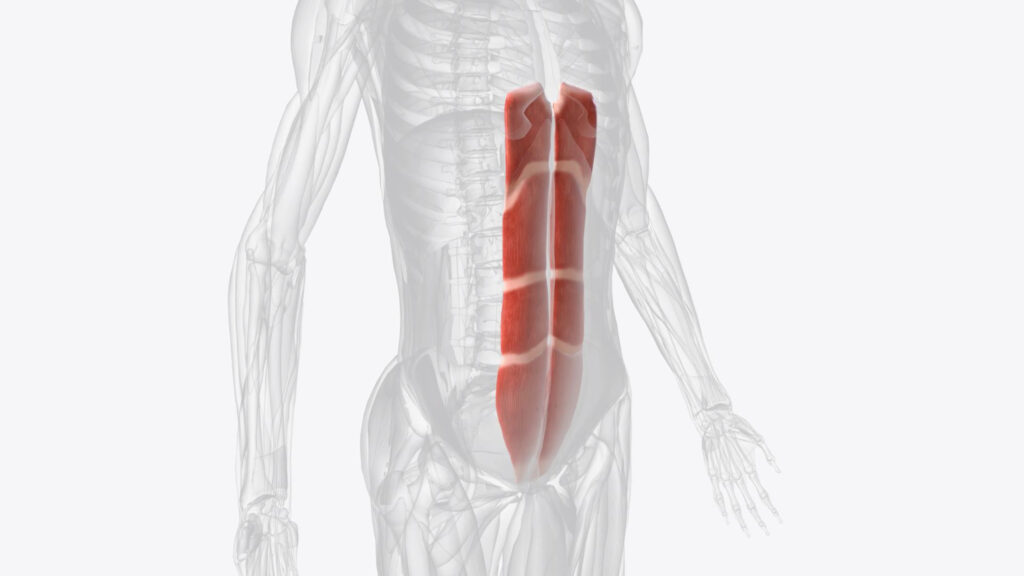
Ready to find out which are the worst exercises for diastasis recti?
Key Takeaways
- Diastasis recti happens when belly muscles spread apart during pregnancy. It makes the core weak and can cause a bulge.
- Not all exercises are good for diastasis recti. Crunches, planks, and moves that twist or pressure the belly can make it worse.
- Safe workouts like Pilates and postnatal yoga help heal diastasis recti by focusing on strengthening the core without harmful pressure.
- Moving in ways that push out or strain the abdominal gap should be avoided to help healing.
- Choosing gentle and safe exercises is important for recovering from diastasis recti and avoiding making the separation bigger.
Understanding Diastasis Recti

Diastasis recti is a gap between your belly muscles. This gap can happen when too much pressure pushes on the belly, often from growing a baby. It makes your core weak and can cause a bulge in your midsection.
Think of it as if your abdominal wall isn’t tight anymore because the muscles have moved apart.
“I’ve seen many clients struggle with this issue after giving birth or doing the wrong kind of ab exercises.”
The worst exercises for diastasis recti are ones that put more pressure where you don’t want it. Crunches, planks, and anything that twists your body can make things worse instead of better.
These moves push on your belly and pull those muscles further apart, sabotaging healing efforts. I always tell people to avoid these routines until their core is strong enough to handle them without risk.
The 5 Worst Exercises for Diastasis Recti
Some moves make diastasis recti worse, not better. These are the worst exercises for diastasis recti to avoid if you want to heal.
1. Twisting Crunch (arms straight)
Doing twisting crunches with your arms straight can make diastasis recti worse. This exercise involves bending and turning your upper body while lying on your back. It puts a lot of pressure on the abdomen, especially on the connective tissue that joins the two sides of the abdominal muscles.
For women with diastasis recti, this added stress can pull those muscles further apart rather than helping them heal.
Instead of doing exercises like this one, focus on moves that strengthen your core without causing harm. Pilates and certain postnatal yoga poses are great options because they help to bring those belly muscles back together safely.
These kinds of workouts target the deep core muscles without increasing pressure or making the separation larger. So, picking safe exercises is key to healing diastasis recti effectively.
2. Front Plank
Moving from the twisting crunch, let’s talk about the front plank. This exercise might seem safe because it works your core without moving too much. But, for women with diastasis recti, it can make things worse.
Holding a plank puts a lot of pressure on your belly button area. If you have this gap in your ab muscles, pushing them out more is not what you want.
Keeping your core tight seems like a good plan until it pushes against weaknesses.”
In a front plank, your body lies face down as if ready to do a push-up but stays still. Your arms hold up your weight. The trouble is this position forces your insides to press down on the pelvic floor and outward against the abs’ gap.
It increases intra-abdominal pressure — bad news for healing diastasis recti.
3. Elbow to Knee Sit-up
Elbow to Knee Sit-up is a no-go if you have diastasis recti. This exercise puts too much pressure on your midsection, making the gap worse. You lie back, then lift and twist to touch your elbow to your opposite knee.
Sounds simple? Well, it’s risky for those dealing with abdominal separation. The move can stretch and strain those delicate muscles even more.
Instead of helping, Elbow to Knee Sit-ups could slow down healing. They increase the space between muscle parts that need to come together. So skip these sit-ups to protect your core strength and pelvic floor health.
The next one on our list is Hip Raise Bridge, another common workout choice that might not be so friendly for diastasis recti recovery…
4. Hip Raise Bridge
Moving from elbow to knee sit-ups, let’s shift our focus to the hip raise bridge. This exercise seems like a great way to strengthen your lower back and glutes. Yet, for those dealing with diastasis recti, it poses serious risks.
By lifting your hips high off the ground while your feet stay flat on the floor and knees bent, you put pressure on that ab gap we’re trying to heal. It can make things worse.
This move might feel like it’s helping because it targets other areas apart from your core. But remember, with diastasis recti, our primary goal is to protect and restore the core gently without increasing intra-abdominal pressure too much.
The hip raise bridge unfortunately does just that – ups the pressure when we need things nice and calm in there.
5. Jack knife Floor
Jack knife Floor is a tough move. It works your stomach muscles hard. You lie on your back, hands over your head. Then, lift both legs and torso at the same time. Your body forms a V shape.
This seems like a good workout for the core.
Yet, this exercise is not safe for those healing their diastasis recti. It puts too much strain on the belly gap. The pressure can make the separation worse instead of helping it close up.
Also, it can hurt your lower back if not done right because it’s tricky to keep proper form when you’re pushing yourself hard in this position. Better options exist that are safer while working to restore core strength and narrow that muscle gap postpartum safely.
Risks of Performing These Exercises with Diastasis Recti
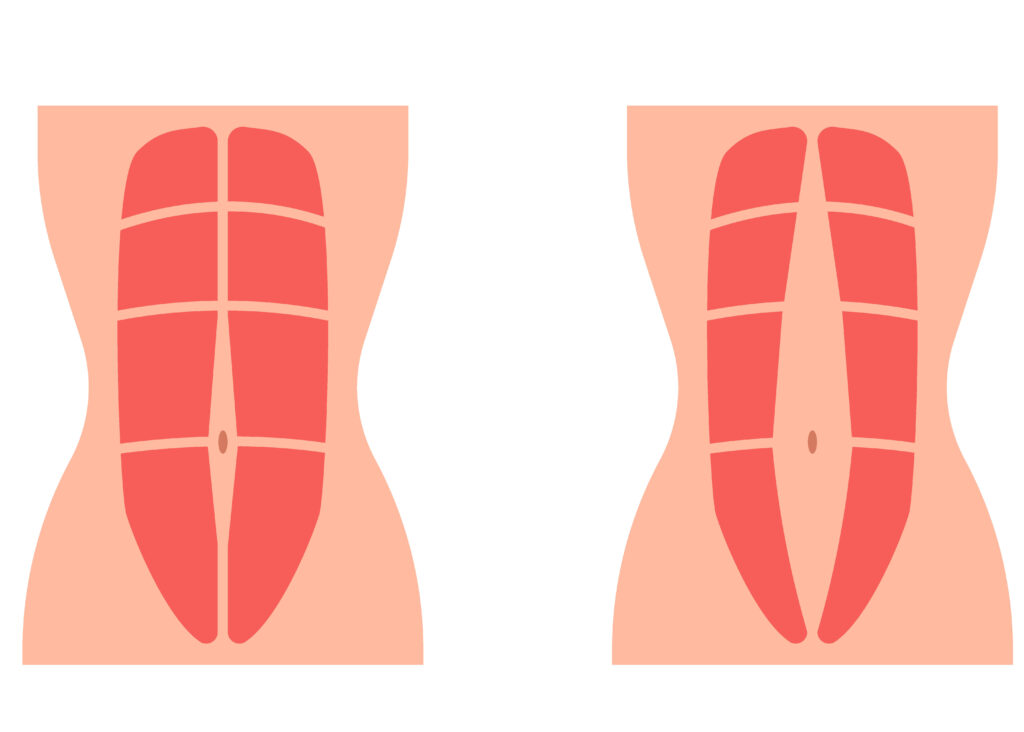
Doing the worst exercises for diastasis recti can make your gap wider. Yes, those moves you think are helping could actually be hurting. Planks, crunches, and sit-ups pull at the split in your abdominals.
This means they won’t snap back together but will likely drift further apart. Imagine trying to glue a broken vase back together while pushing on both sides; it just wouldn’t work.
I’ve talked with many women who felt frustrated because their belly didn’t seem to get any better despite exercising regularly. After switching their routine to avoid front planks and twisting crunches, they noticed a difference.
It’s all about smart choices—engaging the deep core muscles without adding pressure helps heal diastasis recti, not worsen it. Remember, lifting heavy things or doing intense workouts too soon can put too much stress on those weak spots where your abs have parted ways.
Conclusion

We talked about the worst exercises for diastasis recti. These moves can make things worse, not better. Avoid them to keep safe. There are many other good ways to get strong without risk.
Stay healthy and choose wisely!
FAQs
1. What is diastasis recti, and why should I care?
Diastasis recti happens when your belly stretches during pregnancy, causing a gap between your ab muscles… It’s important because it can make your core weaker.
2. Can exercising make diastasis recti worse?
Yes! Some common exercises like crunches and sit-ups increase pressure on the gap, making things worse… Best to avoid those.
3. Are there safe exercises for someone with diastasis recti?
Absolutely! Exercises that strengthen your deep core and pelvic floor are great… Think about engaging those muscles without pushing them too hard.
4. How do I know if an exercise is bad for my diastasis recti?
A big no-no is anything that makes the middle of your belly bulge or strain—like lifting both shoulders off the floor… If you see this happen, stop right away!
5. When can I start exercising after having a baby to fix my diastasis recti?
Many experts recommend waiting until at least 12 weeks post-pregnancy before starting any core workouts… And always check with a health pro first!
6. Does fixing diastasis recti only involve exercise?
Not just exercise; it’s also about how you move every day… Things like standing up straight and bringing your belly button back towards your spine help a lot too.

Author
Years ago, the spark of my life’s passion ignited in my mind the moment I stepped into the local gym for the first time. The inaugural bead of perspiration, the initial endeavor, the very first surge of endorphins, and a sense of pride that washed over me post-workout marked the beginning of my deep-seated interest in strength sports, fitness, and sports nutrition. This very curiosity blossomed rapidly into a profound fascination, propelling me to earn a Master’s degree in Physical Education from the Academy of Physical Education in Krakow, followed by a Sports Manager diploma from the Jagiellonian University. My journey of growth led me to gain more specialized qualifications, such as being a certified personal trainer with a focus on sports dietetics, a lifeguard, and an instructor for wellness and corrective gymnastics. Theoretical knowledge paired seamlessly with practical experience, reinforcing my belief that the transformation of individuals under my guidance was also a reflection of my personal growth. This belief holds true even today. Each day, I strive to push the boundaries and explore new realms. These realms gently elevate me to greater heights. The unique combination of passion for my field and the continuous quest for growth fuels my drive to break new ground.









